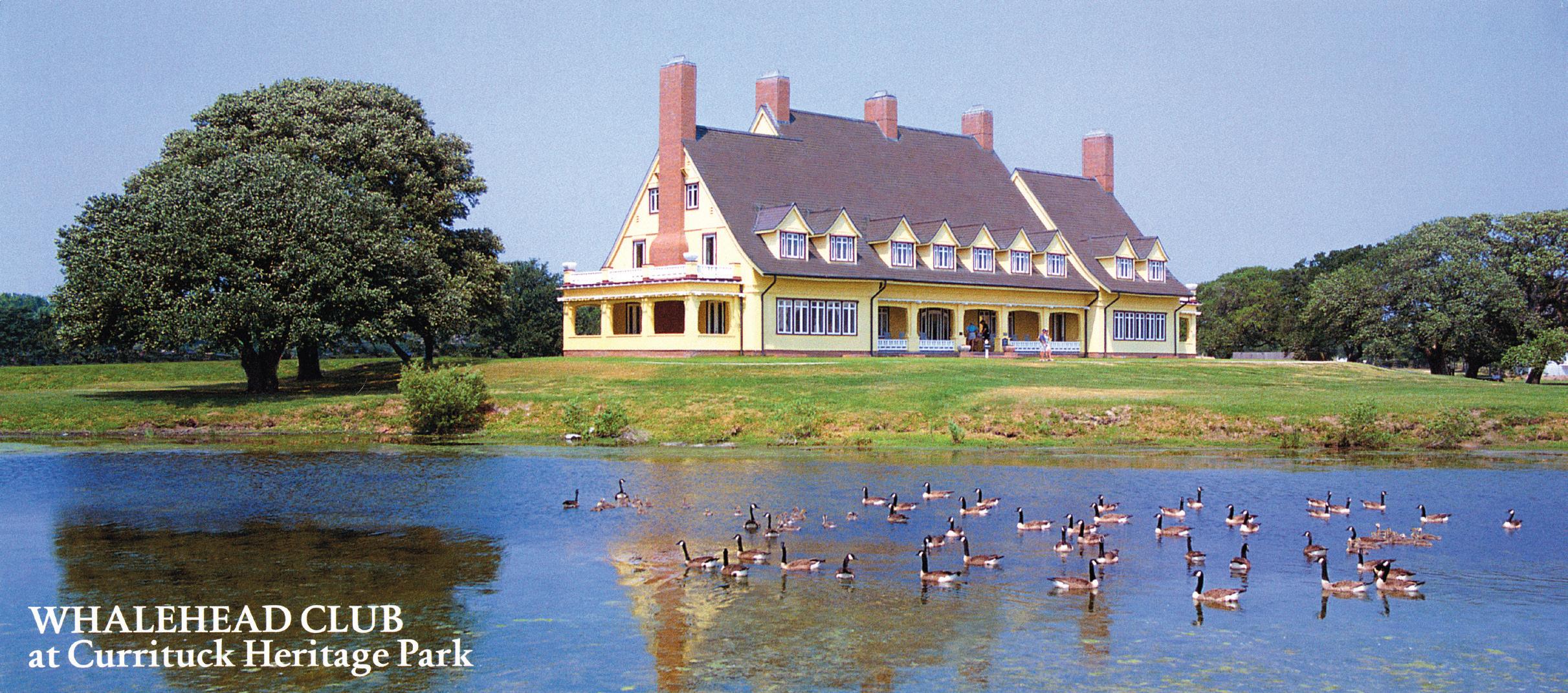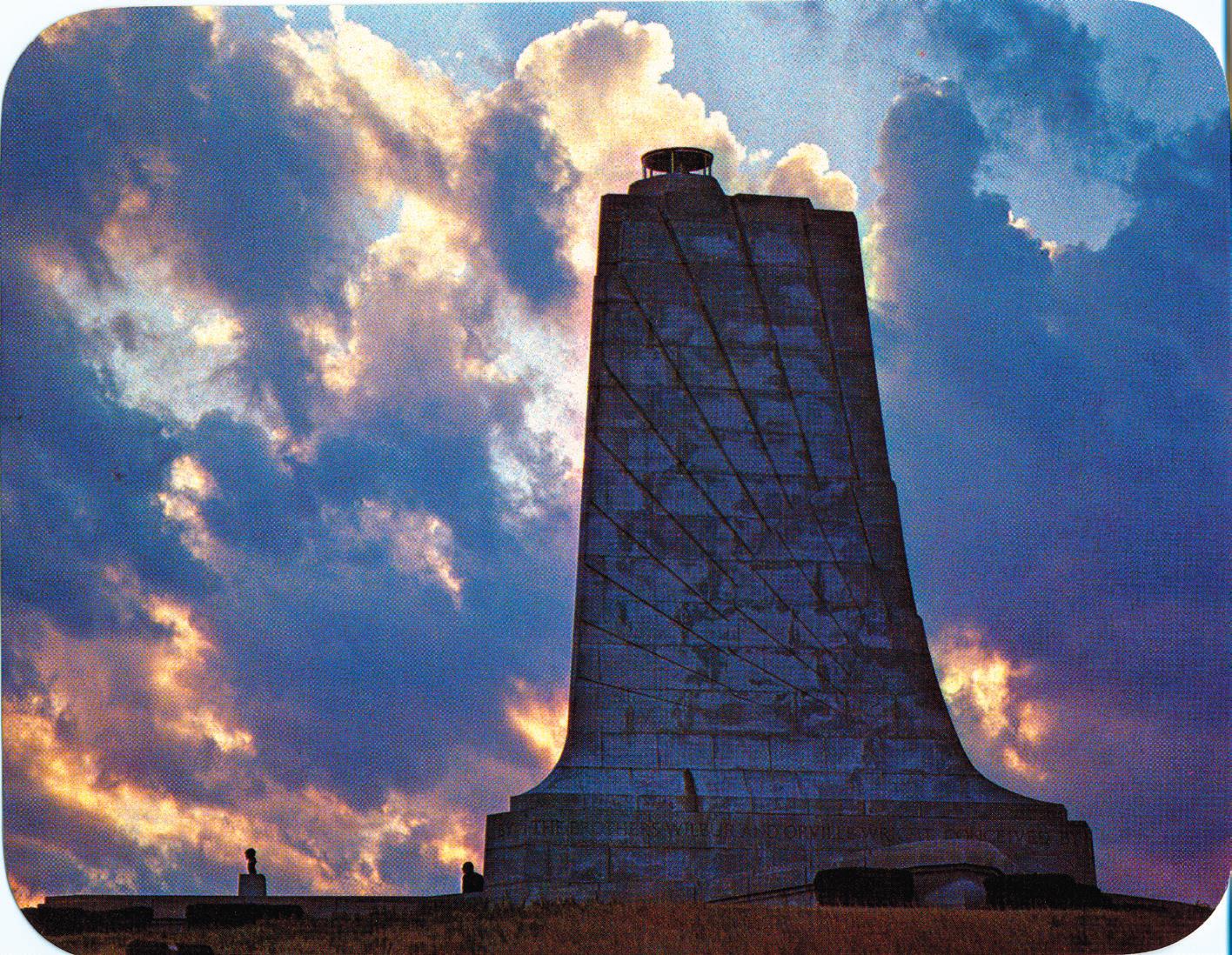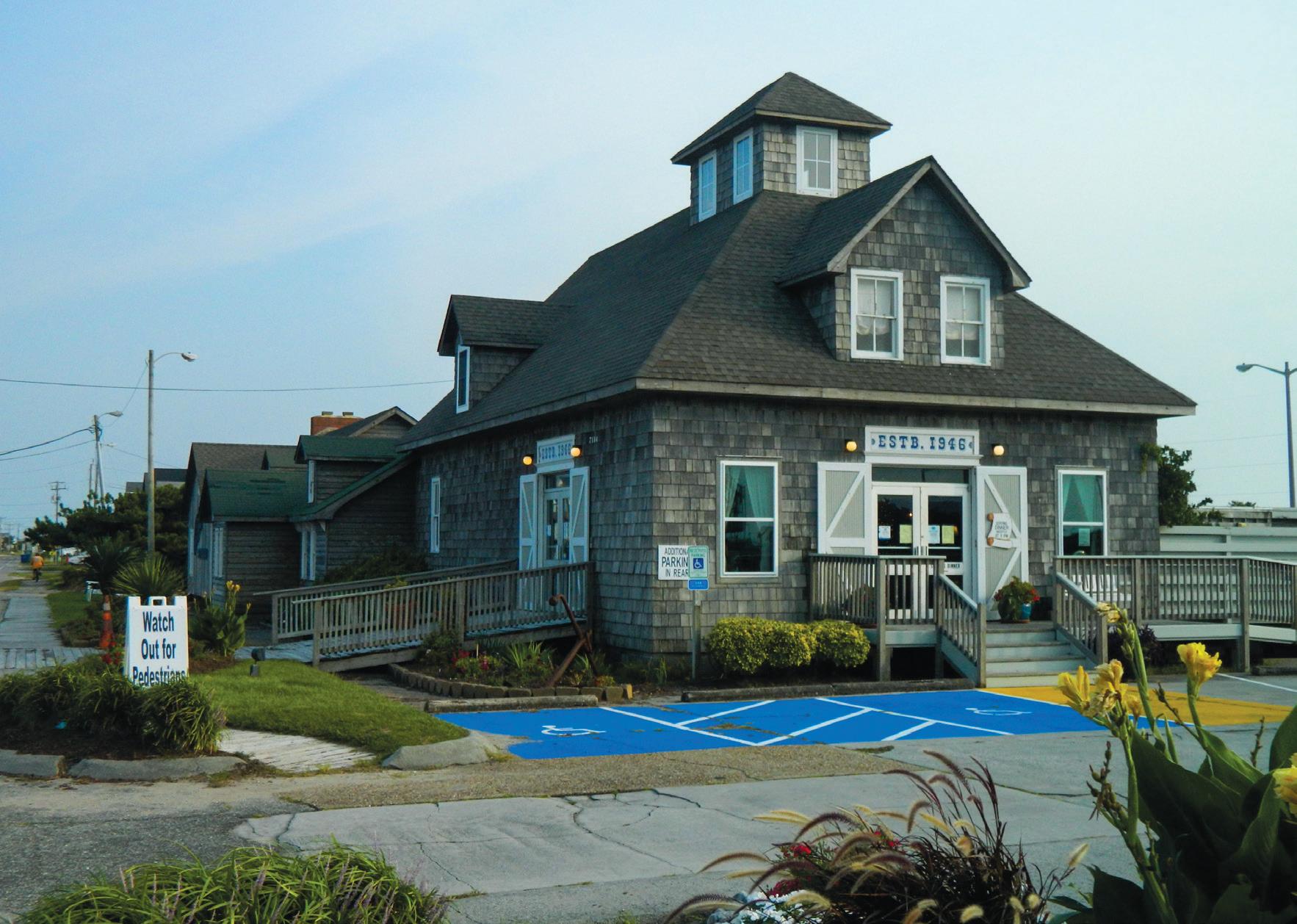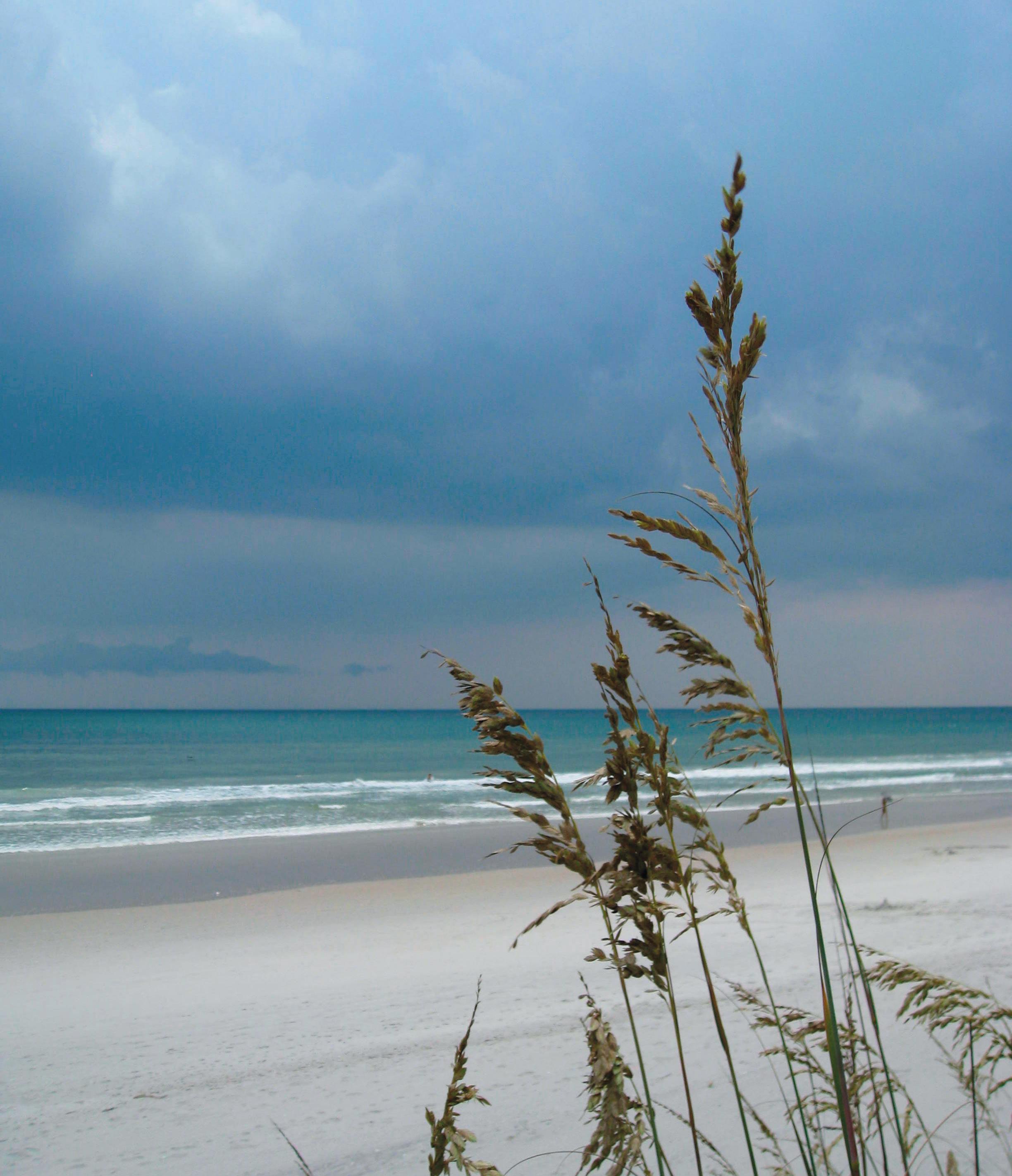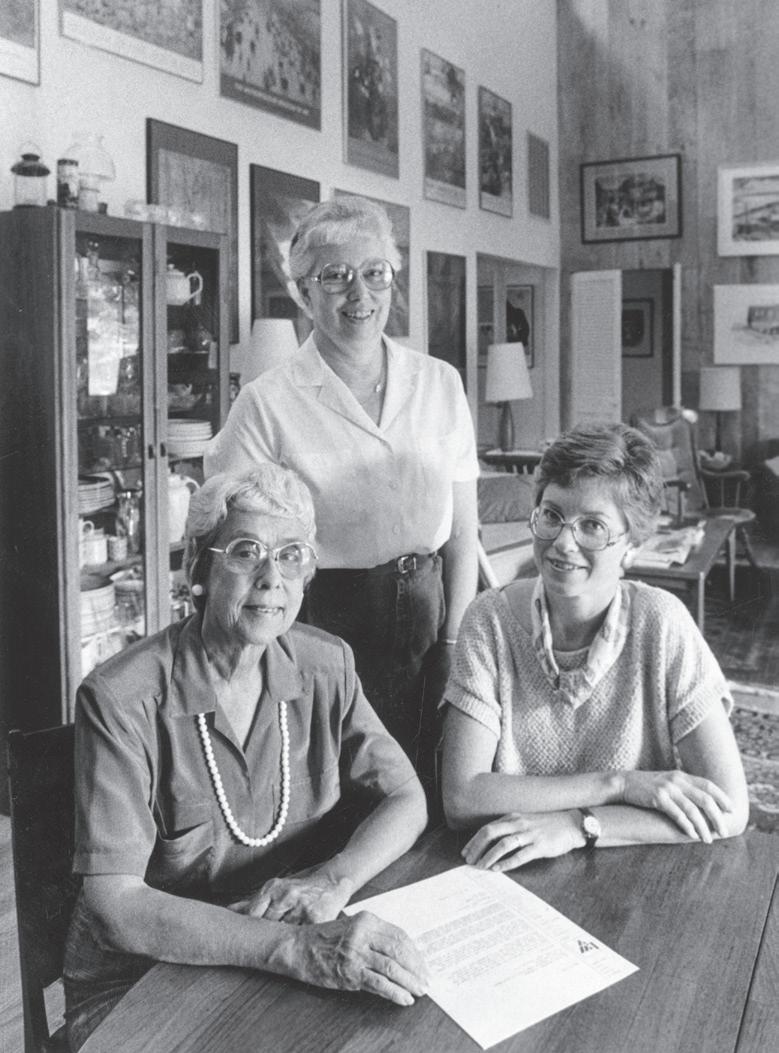
6 minute read
Tyrrell County – 281 years old: A ‘genuinely friendly place to be
by Danielle Puleo danielle.puleo@thecoastlandtimes.com
Tyrrell County was established in 1739, but its history stretches long before its founding.
According to David Earl Davis’s book History of Tyrrell County, the area where the county sprawls out today was first inhabited by a Native American tribe known as the Secotas. They were a hunter-gatherer group that lived strictly off the abundant land beneath their feet.
English settlers first appeared in Tyrrell around 1584 and had run out the Secotas by the early 1700s.
Davis writes that in 1680, Captain Thomas Miller and Colonel Joshua Tarkington of Edenton took an expedition across the sound to stumble upon the county. They found it to be “A Heart’s Delight.”
Tyrrell County has always been a land of opportunity, where wild game and fishfilled lakes flow freely. The Scuppernong River attracted settlers due to its “rich soil, good fishing and game-filled woods,” wrote Davis.
Around 1710, plantations started to pop up on the land. Tyrrell County at the time was known as the “South Shore,” and planters took to the large fields to establish their homesteads. They were a group satisfied with living the “simple, easy life.”
Self-supporting, the settlers that found their home along the South Shore built their own homes, raised their own meat and vegetables, made their own clothes and cared for the sick.
In the early days of Tyrrell, there was little opportunity for education, and children were taught by either tutors or their parents to read and write. It wasn’t until 1797 when the first private school was established: Phelps Academy.
Davis writes that George Burrington
AYCOCK BROWN COLLECTION, COURTESY OUTER BANKS HISTORY CENTER
Hunting has been a big part of each county’s culture that hugs the northeastern coast of North Carolina.
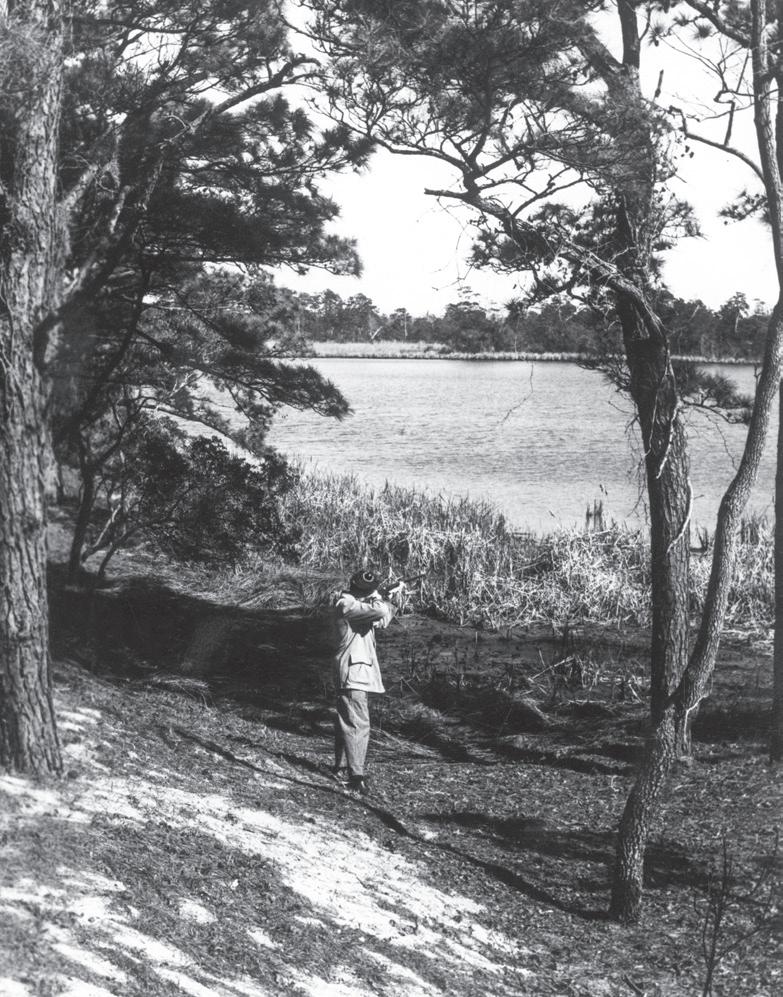
became governor in 1724, and his time in office led to many improvements throughout the county. This included the installation of roads, bridges and even a ferry system. Mackey’s Ferry was started during Burrington’s time as governor, and was the first water link between the Albemarle Sound and the South Shore.
Many immigrated to the county around this same time period. Davis documented that between 1724 and 1725, “thousands of families moved to the colony.”
In the late 1720s, an act to appoint part of the Albemarle County lying on the southern side of the Albemarle Sound and Roanoke River led to the creation of Tyrrell Precinct. This precinct encompassed the counties of present-day Tyrrell, Dare, Washington and Martin. The area was known as “Saint Andrew’s Parish.”
At its time of establishment, Tyrrell contained about 1,500 people, with about 25% of the population being enslaved. It started to grow in population as the years progressed, but did not have a functioning courthouse until 20 years after the building was already standing.
It wasn’t until about 1840 that the Town of Columbia really began to take off. Planters were still making quite the living for themselves, and education was finally growing. Miss Mary Mann founded Columbia Academy, which was the fore runner of today’s Columbia High School.
The average farm was about 50 acres at the time, and in 1870 the last partition was made to Tyrrell County, splitting it from the now functioning Dare County. Tyrrell is now about one quarter of the size it started out as.
The years that followed led to a lot of change. In the early 1880s, Columbia was a small village with wooden houses and a miniscule population. In 1908, the Norfolk and Southern Railroad extended its track to Columbia, wrote Davis, and two trains left Columbia daily, carrying cotton, lumber, livestock and even passengers. Access to the rest of the world was finally made.
By 1915, three public schools had been established in the county. The first drugstore opened in 1915 by C. B. McKeel, according to Davis, and 1920s Tyrrell County resembled “the wild western town we once saw at the ‘horse opera’ on Saturday night, or on television today.”
The physical nature of the county changed throughout the 1930s and 1940s, shifting from an older wooden town to a more modern, brick house lined one. Road improvements were made to accommodate not only farmers and suppliers, but school buses as well.
Agriculture shifted post-war from potatoes to corn, and the lumber industry boomed along with commercial fishing, Davis wrote.
In the years that followed, however,
Tyrrell decreased in size dramatically. The county had the smallest population in North Carolina in 1960, counting only 4,500 residents.
Town manager of Columbia Rhett White said the population has remained the same since then, fluctuating between 4,000 and 5,000 residents from the 1920s up until present day. White grew up in Tyrrell County, moving away after college and returning years later to settle down.
White said he has seen the economy change since he was a little boy. “The economy was farming, fishing, hunting and lumber and timber,” White shared. “The small farms are gone, replaced by the corporate farms that are here today.”
White said the combination of multistate corporate farms and family corporate farms have moved in, and those that lived and worked on the smaller farms back in the 1960s have moved on.


The 1970s brought a massive amount of land clearing. White said that he watched the forested area that once covered the county get cleared to make way for farm ing. “There were areas of land that had been in trees ever since . . . Sir Walter Raleigh’s crews tried to explore the area,” White said. “We have farms that stretch for miles now.”
As for the community, however, the tight-knit group of residents have continued to be a predominantly working class that cares for one another. Sheila Cumiskey, director of Career & Technical Education for Tyrrell County Schools, has lived in the area for almost her entire life and describes the people of the county as her “extended family.”
“Everyone has a lot of similarities here, no matter who you are,” she said. “Everyone has a very common vision that we realize there are things we don’t have here, but


that’s okay because we have a lot of things that larger areas don’t.”
Cumiskey said there is hardly a day that goes by that she doesn’t see many people she has come to know and love. Although the county lacks some resources, the com munity pulls together to overcome the challenges they face together.
“A perfect example is remote learning,” she noted. “We many times do not have reliable internet, but we figure out a way for our kids to get the best we can offer in spite of that.”
White and Cumiskey agreed that the area is laid back and a “genuinely friendly place to be.” “We have salt of the earth kind of people,” said Cumiskey. “The people here seem to appreciate everything that we have.”
Although remote in nature and wild in surroundings, Tyrrell County embodies abundant water, forests and wildlife.


